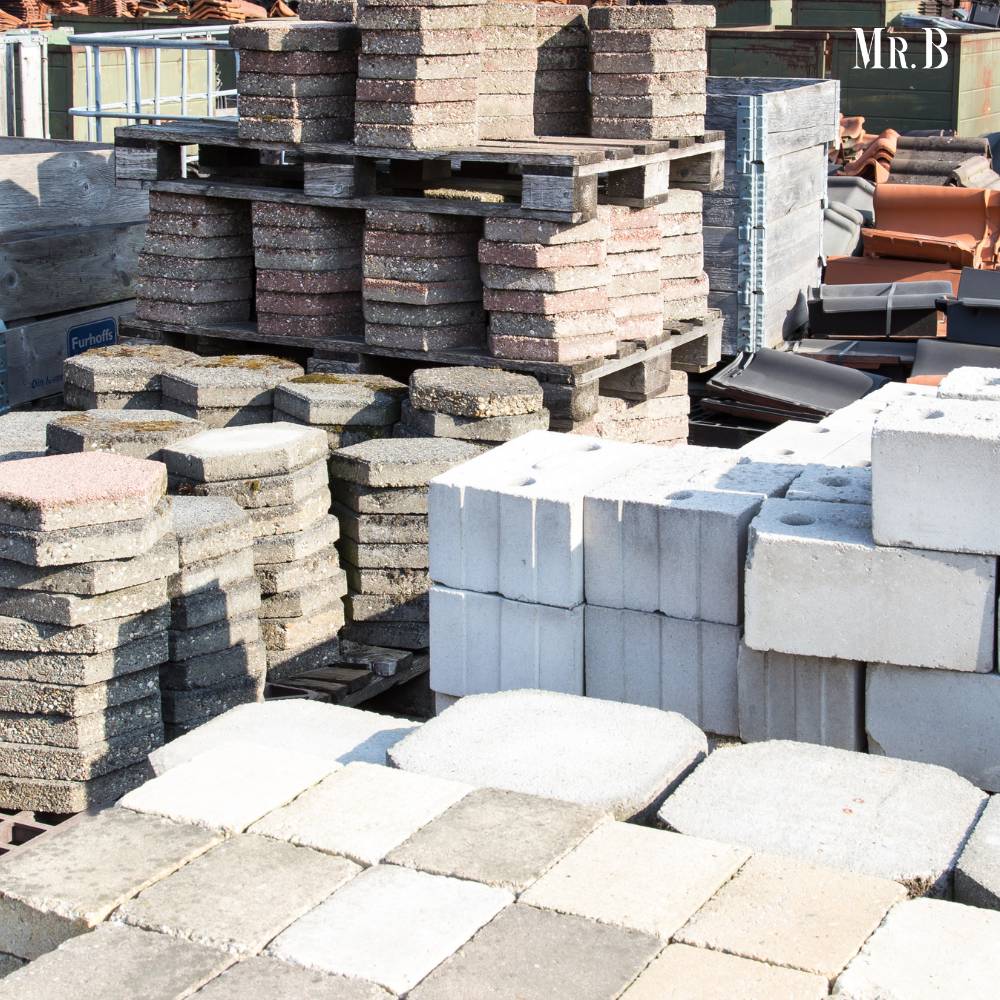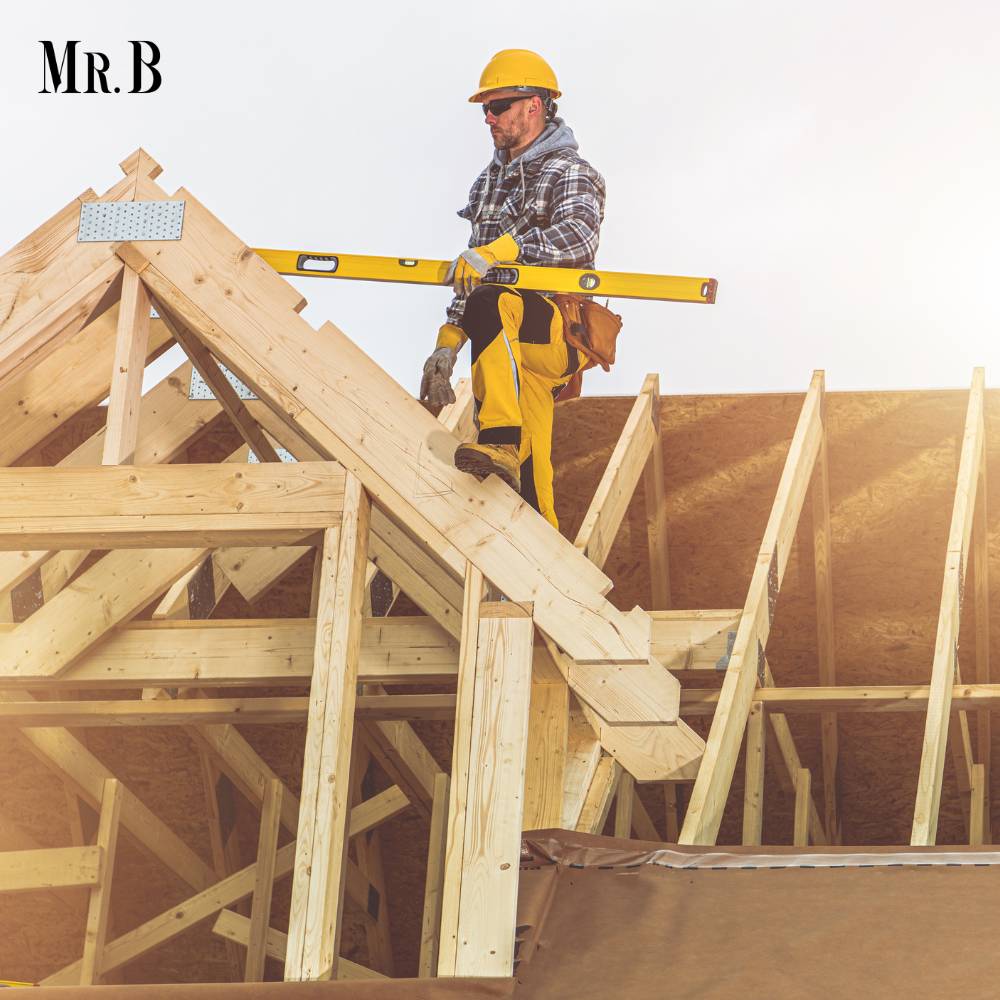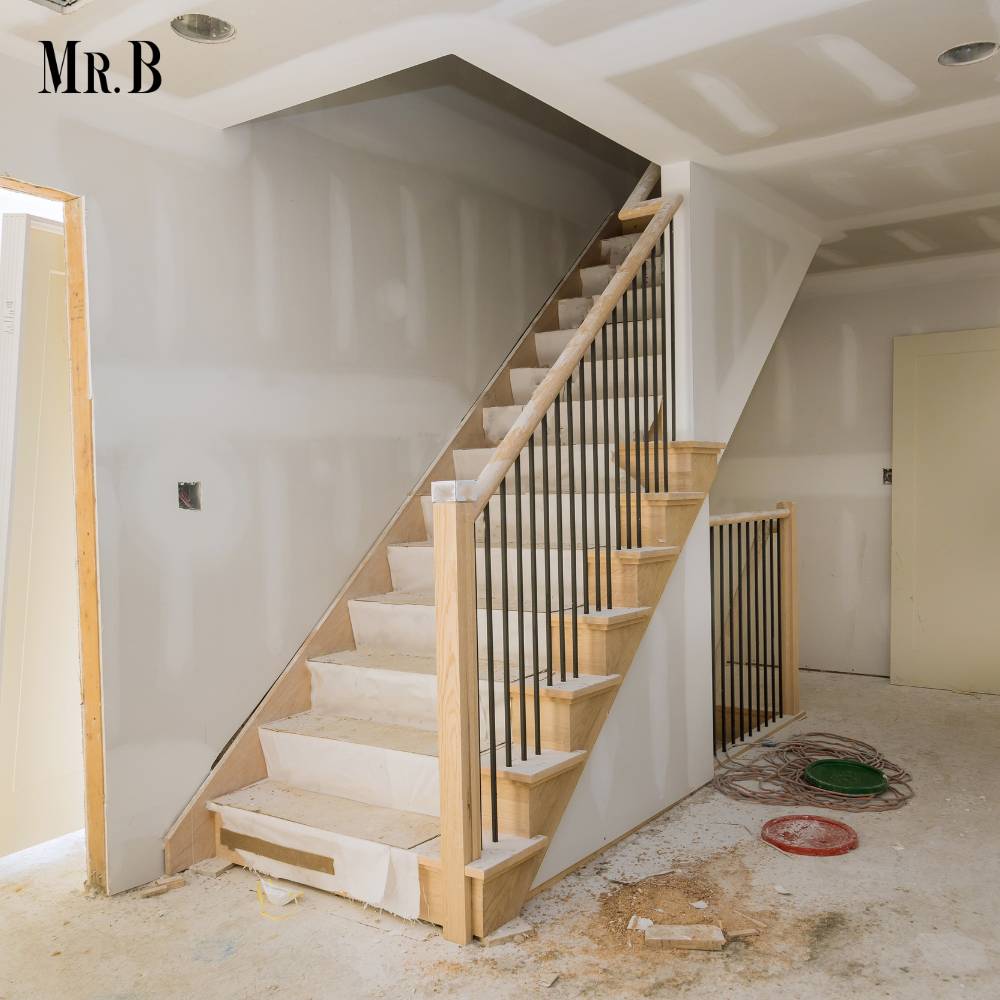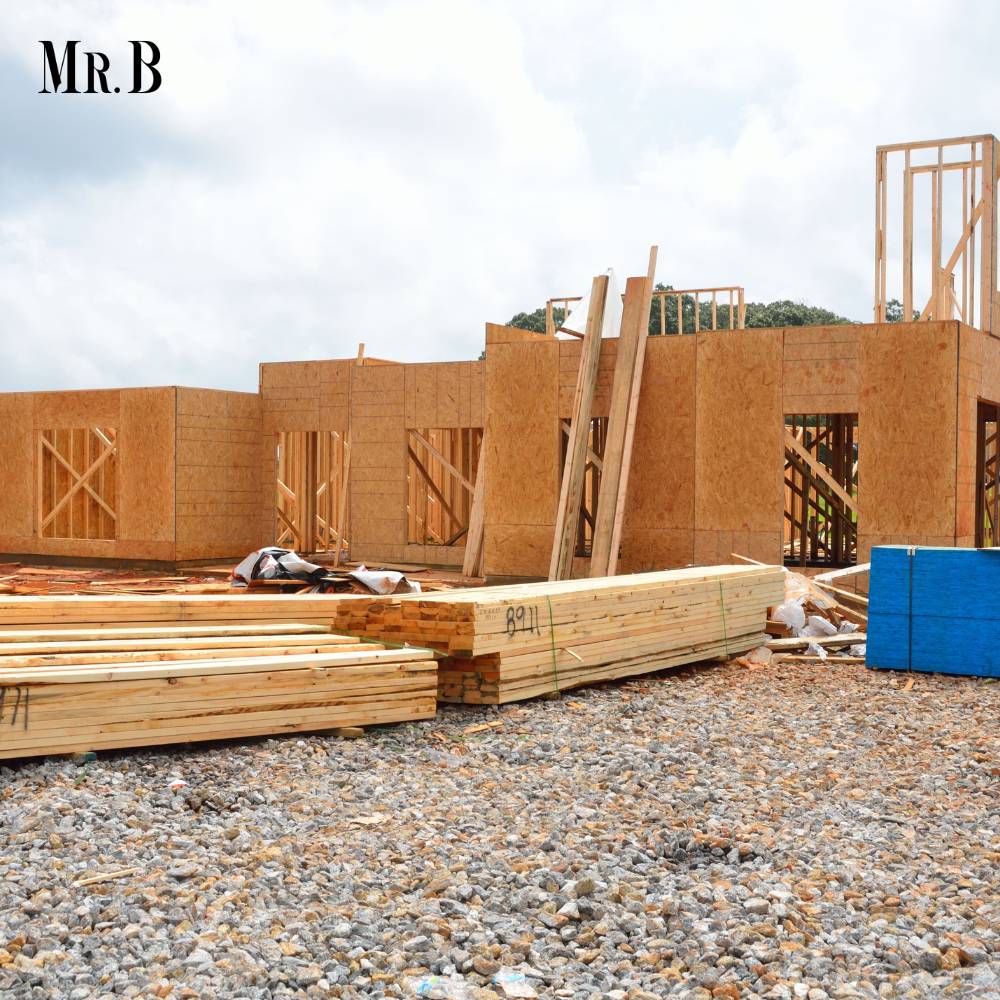Building for Tomorrow: Exploring Sustainable House Building Materials
- Category: Consulting

With conservation issues preventing environmental destruction, and going green being as easily achievable as switching off a light switch when leaving the room, the times, they are a changing! In particular, the construction industry is making a huge shift in the direction of eco-friendly practises and materials. That’s great news! In this in-depth guide, we’re going to take a look at all the wonderful things sustainable house building materials bring to the table, why people are switching to them, how they can improve the health of us all, and how you can make the world a better place with just a little bit of research and effort when it comes to the materials used to construct your next build. Sustainable house building materials encompass a wealth of variety and versatility. From house bricks (yes, bricks can actually be made from rubbish), to concrete, to tiles, glass, and even erecting the actual skeleton to support the roof and walls themselves.
Understanding Sustainable House Building Materials
Sustainable house building materials are those that are sourced, produced, and used in a manner that minimizes negative environmental impacts while promoting resource conservation, energy efficiency, and occupant well-being. These materials are integral to sustainable construction practices, which aim to reduce carbon footprints, mitigate waste generation, and create buildings that are environmentally responsible throughout their lifecycle.
Benefits of Sustainable House Building Materials
1.Environmental Impact Reduction:
Sustainable materials often have lower carbon footprints due to reduced energy consumption during production and transportation. They also promote biodiversity conservation and minimize pollution of air, water, and soil resources.
2.Energy Efficiency:
Many sustainable materials offer excellent thermal insulation properties, reducing heating and cooling energy demands in buildings. This not only lowers utility costs but also decreases greenhouse gas emissions associated with energy production.
3.Durability and Longevity:
Sustainable materials are often chosen for their durability, resilience to weathering, and resistance to pests and decay. Buildings constructed with these materials require less frequent maintenance and replacement, thus reducing lifecycle environmental impacts.
4.Improved Indoor Air Quality:
Some sustainable materials, such as low-VOC (volatile organic compound) paints, natural fibers, and non-toxic insulation materials, contribute to healthier indoor air quality by minimizing emissions of harmful chemicals.
5.Resource Conservation:
Sustainable materials may be derived from renewable resources or recycled content, reducing reliance on finite resources and promoting circular economy principles.

Types of Sustainable House Building Materials
1.Recycled Materials:
Recycled Steel: Utilizing recycled steel in construction reduces the energy-intensive process of producing new steel while maintaining structural integrity and durability.
Recycled Concrete: Incorporating recycled concrete aggregates in building materials reduces landfill waste and decreases the environmental impact associated with extracting and processing virgin aggregates.
Reclaimed Wood: Salvaged wood from old structures or responsibly managed forests provide a sustainable alternative to virgin timber, preserving natural habitats and reducing deforestation.
2.Renewable Materials:
Bamboo: Rapidly renewable and versatile, bamboo is a popular choice for sustainable construction due to its strength, flexibility, and fast growth rate, making it a sustainable alternative to traditional hardwoods.
Cork: Harvested from the bark of cork oak trees without harming the tree, cork is a lightweight, insulating material used in flooring, wall insulation, and acoustic panels.
Straw Bales: Used in straw bale construction, these agricultural byproducts provide excellent insulation properties and are sourced from renewable wheat, rice, or barley straw.
3.Low-impact Materials:
Low-Emission Paints and Finishes: Low-VOC or zero-VOC paints and finishes reduce indoor air pollution and harmful emissions, promoting healthier indoor environments.
Natural Fibers: Materials such as hemp, wool, cotton, and cellulose insulation offer sustainable alternatives to synthetic fibers, contributing to improved indoor air quality and thermal performance.
4.High-performance Insulation:
Recycled Glass Insulation: Made from recycled glass bottles, glass wool insulation provides effective thermal and acoustic insulation properties while diverting waste from landfills.
Aerogel Insulation: With exceptional thermal performance and minimal environmental impact, aerogel insulation is lightweight, breathable, and highly effective in reducing heat transfer.
5.Energy-efficient Materials:
Solar Panels: Integrating photovoltaic (PV) solar panels into building designs harnesses renewable energy sources, reduces reliance on grid electricity, and lowers carbon emissions.
Cool Roofs: Reflective roofing materials and coatings, such as white roofs or reflective tiles, reduce heat absorption, mitigate urban heat island effects, and lower cooling energy demands in buildings.

Sustainable Building Practices and Certifications
In addition to using Sustainable House Building Materials, adopting eco-friendly building practices and seeking certifications can further enhance the sustainability credentials of construction projects. Key practices and certifications include:
1.Energy-efficient Design:
Incorporating passive design strategies such as proper orientation, natural ventilation, daylighting, and shading techniques reduces energy loads and enhances occupant comfort.
2.Green Building Certifications:
Certifications such as LEED (Leadership in Energy and Environmental Design), BREEAM (Building Research Establishment Environmental Assessment Method), and Green Globes provide frameworks for evaluating and recognizing sustainable building practices, materials, and performance.
3.Water Conservation:
Implementing water-efficient fixtures, rainwater harvesting systems, and greywater recycling reduces water consumption and promotes sustainable water management practices.
4.Waste Management:
Adopting construction waste reduction and recycling practices minimizes landfill waste and promotes the reuse of materials, contributing to a circular economy approach.
5.Healthy Indoor Environments:
Designing for improved indoor air quality through proper ventilation, low-emission materials, and indoor greenery fosters healthier and more productive living and working spaces.
Case Studies: Examples of Sustainable House Building Materials in Action
1.Passive Solar Design and Sustainable Materials:
A residential project in California combines passive solar design principles with sustainable materials such as straw bale insulation, recycled steel framing, and solar panels. The result is a net-zero energy home that generates its electricity, minimizes heating and cooling demands, and provides a healthy indoor environment for occupants.
2.Green Building Renovation:
A historic building renovation project in Europe incorporates reclaimed wood flooring, low-VOC paints, energy-efficient lighting, and rainwater harvesting systems. The project achieves LEED Platinum certification, showcasing the integration of sustainable materials and practices in heritage conservation and modernization efforts.
3.Zero Carbon Footprint Community:
A sustainable housing development in Scandinavia features timber-frame construction, triple-glazed windows, green roofs for insulation and biodiversity, and district heating powered by renewable sources. The community aims for a zero-carbon footprint by optimizing energy efficiency, promoting sustainable transport options, and incorporating green spaces and urban agriculture.

Future Trends and Innovations
Looking ahead, ongoing research and innovations in sustainable materials and construction practices continue to drive advancements in eco-friendly building solutions. Key trends and innovations shaping the future of sustainable house building materials include:
1.Biodegradable and Recyclable Materials:
Advancements in bioplastics, bio-based composites, and biodegradable building materials offer alternatives to traditional plastics and synthetic materials, reducing environmental pollution and waste.
2.Smart and Adaptive Materials:
Integration of smart materials such as phase-change materials (PCMs) for thermal regulation, self-healing materials for durability, and adaptive facades for energy efficiency enhances building performance and sustainability.
3.Circular Economy Principles:
Embracing circular economy principles through materials reuse, recycling, and upcycling promotes resource conservation, reduces waste generation, and fosters closed-loop material cycles in construction.
4.Carbon-negative Materials:
The development of carbon-negative materials such as carbon sequestering concrete, bio-based polymers, and hempcrete contributes to carbon capture and storage efforts, offsetting carbon emissions associated with building materials.
Conclusion
The use of sustainable house building materials is an effective way to influence the construction sector and encourage it to become more eco-friendly, energy-efficient and aware of environmentally-friendly activities. This can go hand in hand with the use of recycled building materials, renewable resources, natural products, low-impact solutions and energy-saving techniques available to construction companies. This in turn means that the overal carbon footprint of construction projects can be reduced, building performance can be improved and living spaces for communities can become healthier and more sustainable.
With growing awareness of climate change and the concept of sustainability, architects, developers, manufacturers, policymakers — everyone linked in the supply chain — share a common commitment to use buildings materials that foster sustainability. Besides aiding the environment, economically, ecologically, socially and emotionally, choosing more sustainable house building materials enhances everyone’s resilience, fosters innovative approaches, and ensures health and wellness in communities. With every house built with sustainable materials, we
Curious to learn more? Explore this Article on: Mr. Business Magazine







